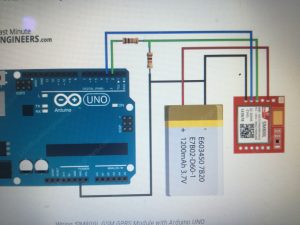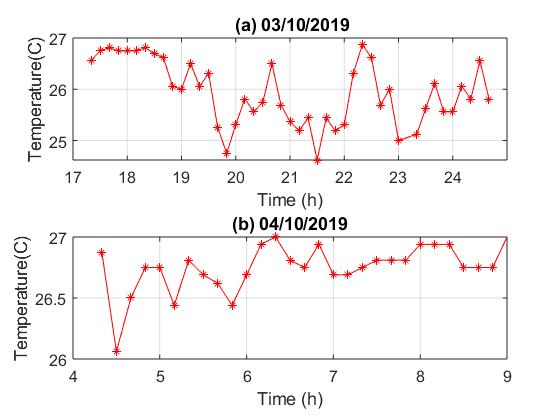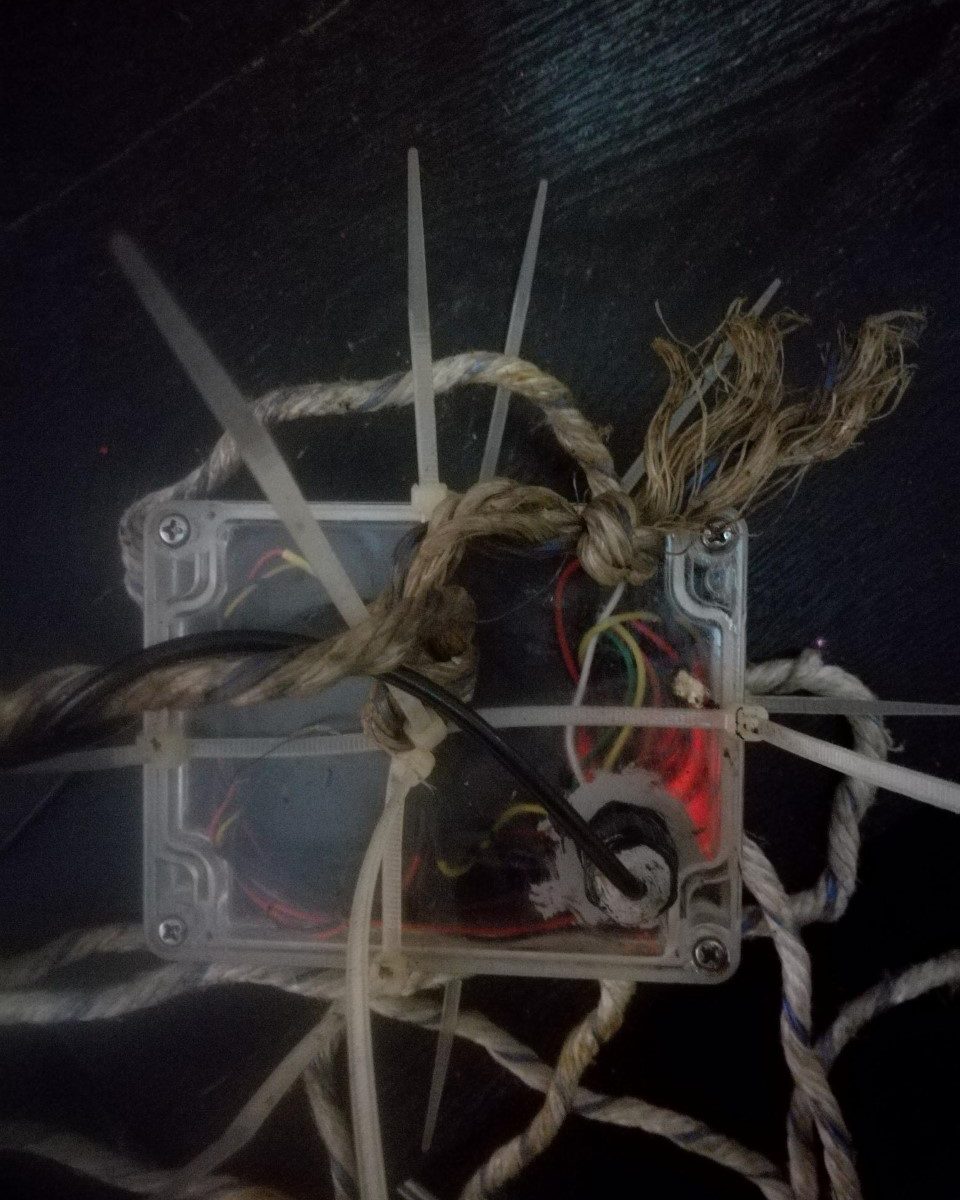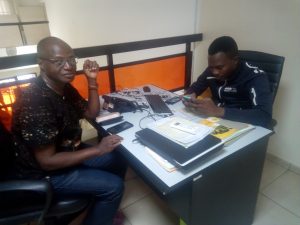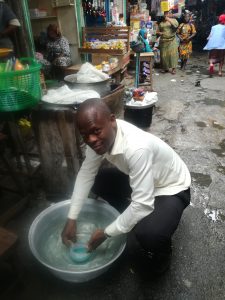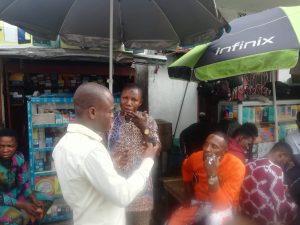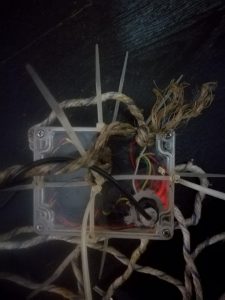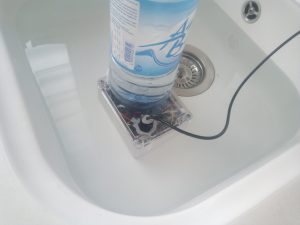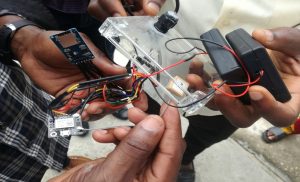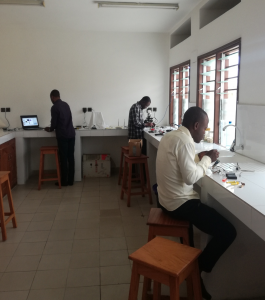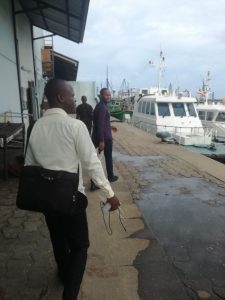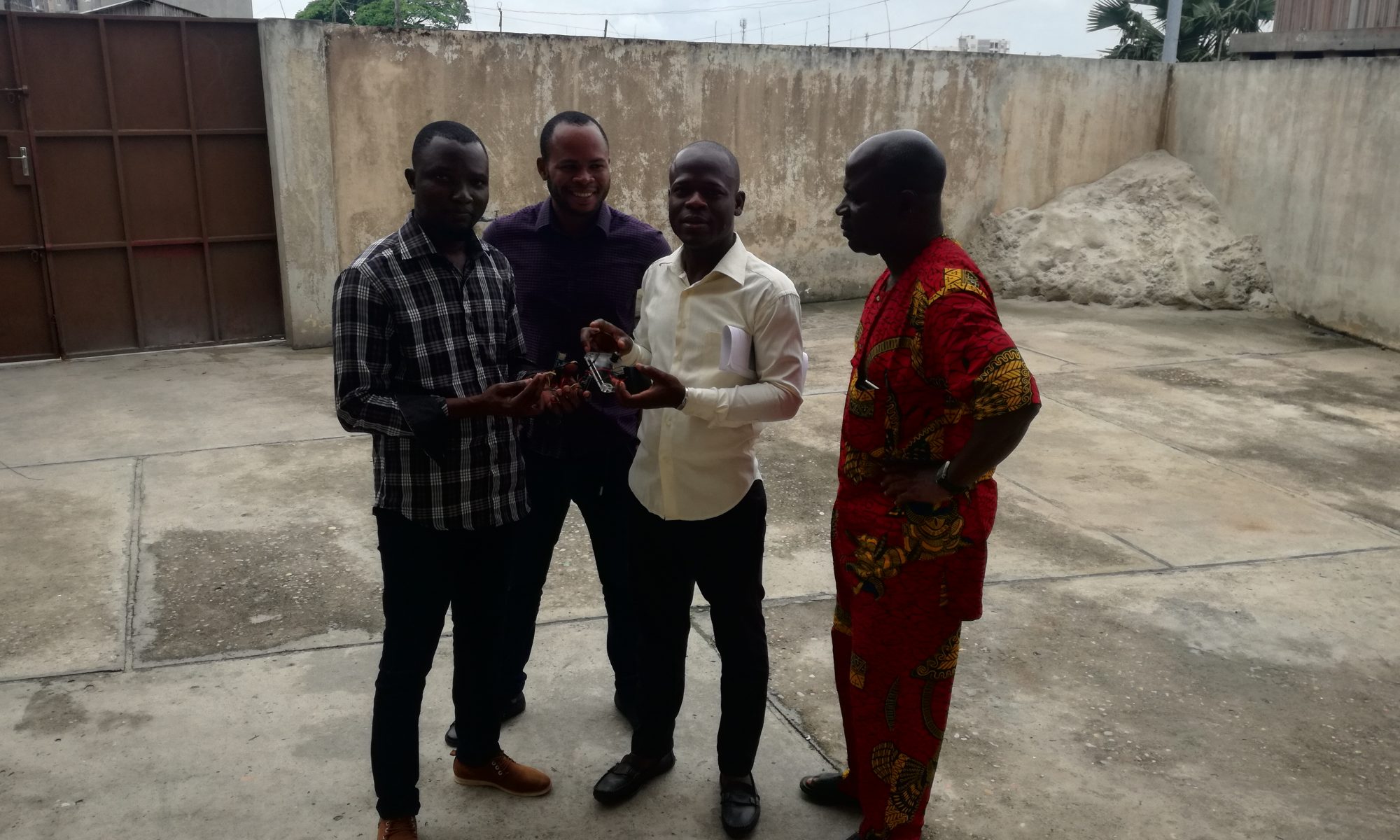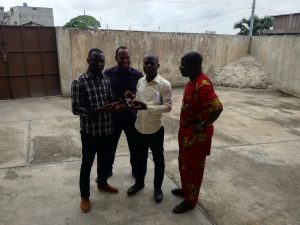Monday 7th of October 2019
Report and figure: Sylvain Amoussou
Pictures: www.lastminuteengineers.com
We analyzed the data of the first prototype. The prototype has been activated at 5 pm on Friday, October 2019 as Wilfried described in the last report.
The figure shows the temperature measured by the prototype from 5 pm local time on Friday. The figure1 (a) shows that the temperature is almost constant from 5 pm to around 7 pm, the temperature decreases and oscillates overnight. The figure 1 (b) show the temperature from 12 am to 8am UTM time. The temperature still oscillated from 12 am to 5 am UTM. But after that, the temperature is almost constan, the oscillations started when the sun went down and stopped when it went under.
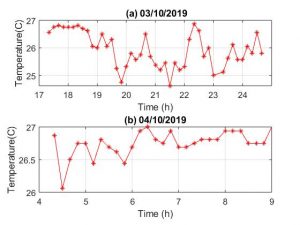
Today we also further improved our model:
- The prototype has stopped for during the night, luckily it started back independently.
- We verified the voltage on the batteries. We noticed that the remaining voltage was 6,28 V which is half of the 12V of the fully charged battery pack. We still need to further investigate if this is acceptable.
- In the future we would like to use a gsm module in stead of a gps module, this will allow to transfer data without having to open the box. We found a solution to charge the lithion/ion battery that charges this module.
